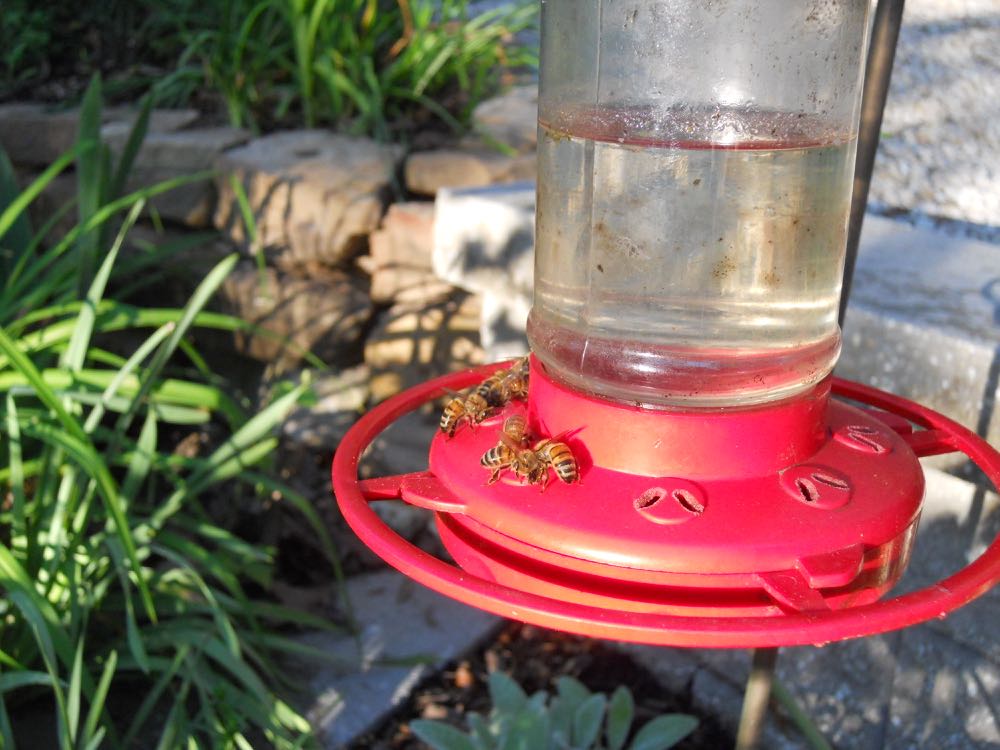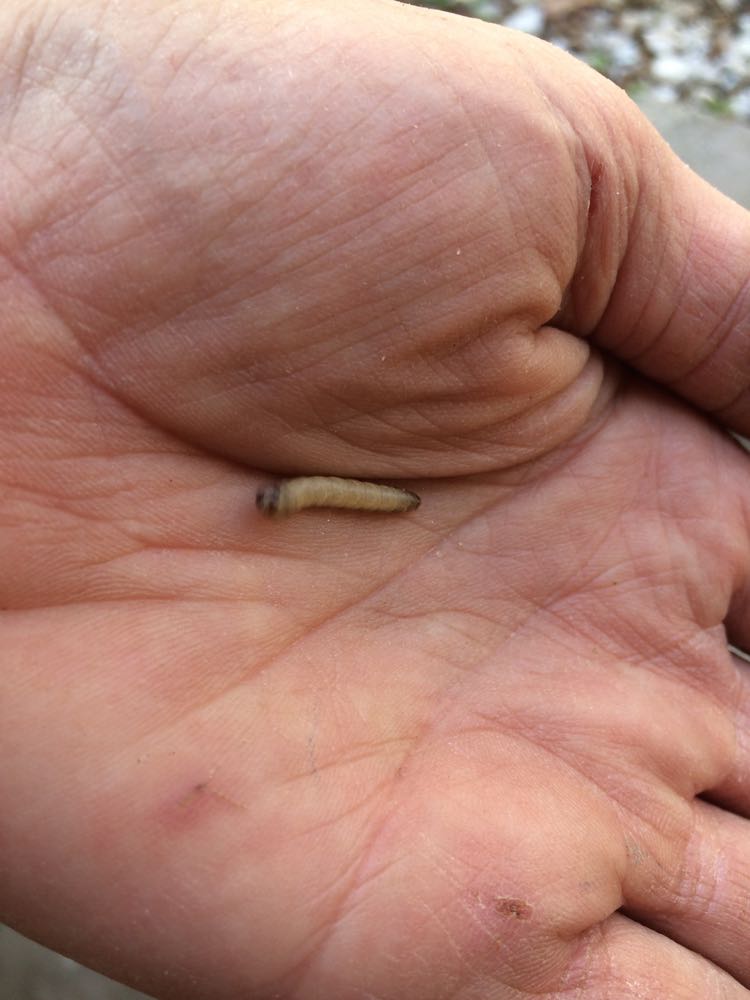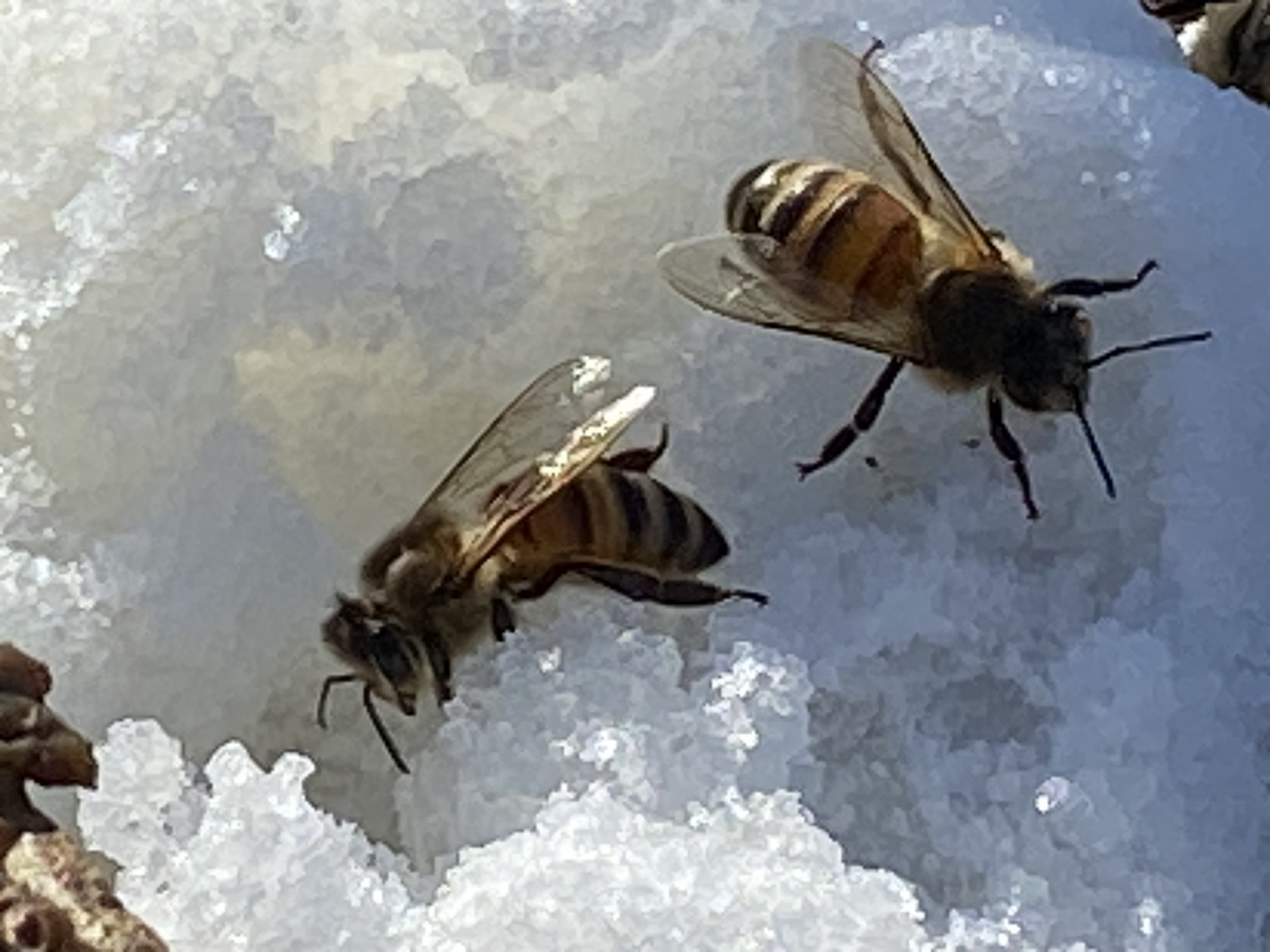How Not to Lose Hive Tools
/These are some of my hive tools splattered - yes, I used that word deliberately - with blue paint.
How Not to Lose Hive Tools
Maybe this is not the best title for this column, maybe I should call this one of the many things one can do to not lose one's hive tools but it was the latest of many steps I have taken over the years, and the one that seems to have worked the best. So far.
As a beekeeper, one should not only have several hive tools but one should have a way to easily retrieve them, especially out of another beekeeper's tool bucket. Or car. Or bee jacket!
Not that my beekeeping buddies would ever deliberately abscond with one of my hive tools but this year it sure seemed like I would get home from a bee yard hive inspection and find myself light of a hive tool, or two. Then the discussion would center around which of the extra hive tools belonged to whom, they all looked alike.
A little blue paint and I fixed that discussion, I literally splattered blue latex paint over my hive tools to mark them as mine. It was from an old blue spray bottle leftover from another project so I didn't even go out of my way to buy the paint.
My biggest challenge was trying to figure out how to hang them so that both sides could dry.
Screw drivers under something heavy make good temporary hangars for drying hive tools.
Using another indispensable beekeeping tool, at least in my apiary, screwdrivers, I piled a heavy plastic tote on the screwdrivers and the hive tools could easily hang to dry.
Now when they end up in the wrong bucket at the end of a hive inspection, at least everyone knows whose hive tools they have to return!
What do you do to mark your hive tools - or do you?
Charlotte































